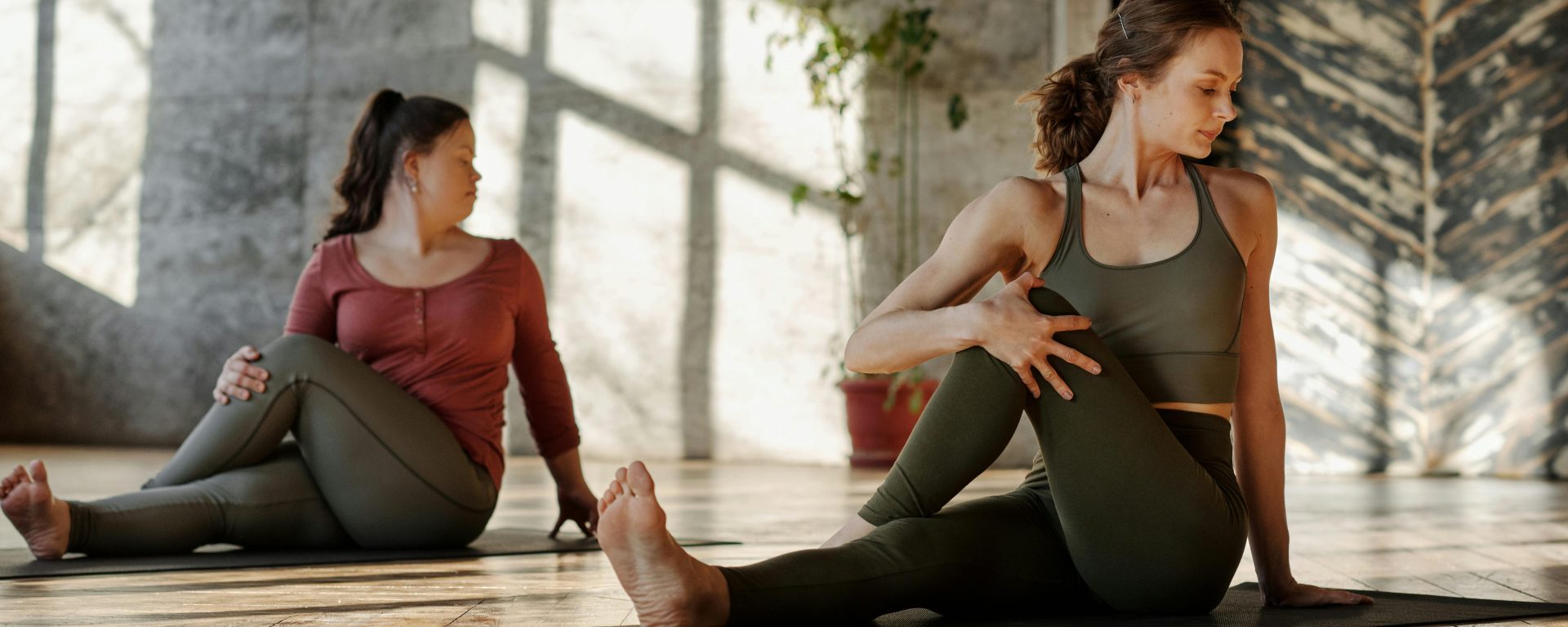In the realm of nonpharmacological treatments like yoga, blinding participants in clinical trials is notoriously challenging, raising questions about how expectations might influence the effectiveness of such therapies. A study led by Huong H. Tran, along with colleagues Janice Weinberg, Karen J. Sherman, and Robert B. Saper, sought to investigate whether patient preferences and expectations regarding the frequency of yoga sessions could affect outcomes in individuals suffering from chronic low back pain.
The study, which involved a secondary data analysis from a 12-week randomized controlled trial, compared the effects of once-weekly versus twice-weekly yoga sessions in 93 adults from predominantly low-income minority backgrounds. The researchers aimed to identify factors that predict a preference for either treatment frequency and to determine if these preferences or expectations were linked to changes in back function and pain intensity.
Participants were initially surveyed about their back pain, back function, treatment expectations, and preferences. The researchers introduced a “concordance” variable to describe how well the participants’ preferences aligned with their assigned treatment. They then analyzed whether this alignment, along with the participants’ expectations and preferences, had any impact on the outcomes after 12 weeks of yoga.
The findings revealed that participants with worse back function at the start of the study were 20% more likely to prefer the more intensive, twice-weekly yoga sessions. Moreover, those who had higher expectations for the benefits of twice-weekly sessions were 90% more likely to prefer that frequency over once-weekly sessions. Conversely, participants who had greater confidence in the effectiveness of once-weekly sessions were 40% less likely to prefer the more frequent option.
However, when the researchers adjusted for baseline characteristics, they found no significant link between treatment outcomes—specifically, changes in back pain intensity and function—and the participants’ preferences, expectations, or whether their preferences matched their assigned treatment.
The study highlights a key insight: while worse back function and higher expectations can drive a preference for more frequent yoga sessions, these factors do not necessarily translate to better treatment outcomes. This suggests that the psychological and subjective elements of preference and expectation may not have a straightforward impact on the physical outcomes of yoga therapy for chronic low back pain.
The researchers concluded that more work is needed to better understand and quantify how patient preferences and expectations might influence the effectiveness of yoga and other complementary therapies. This understanding could help optimize treatment strategies, particularly in populations that face additional barriers to healthcare access.
Reference: Tran, H. H., Weinberg, J., Sherman, K. J., & Saper, R. B. (2015). Preference and expectation for treatment assignment in a randomized controlled trial of once-vs twice-weekly yoga for chronic low back pain. Global advances in health and medicine, 4(1), 34-39.
